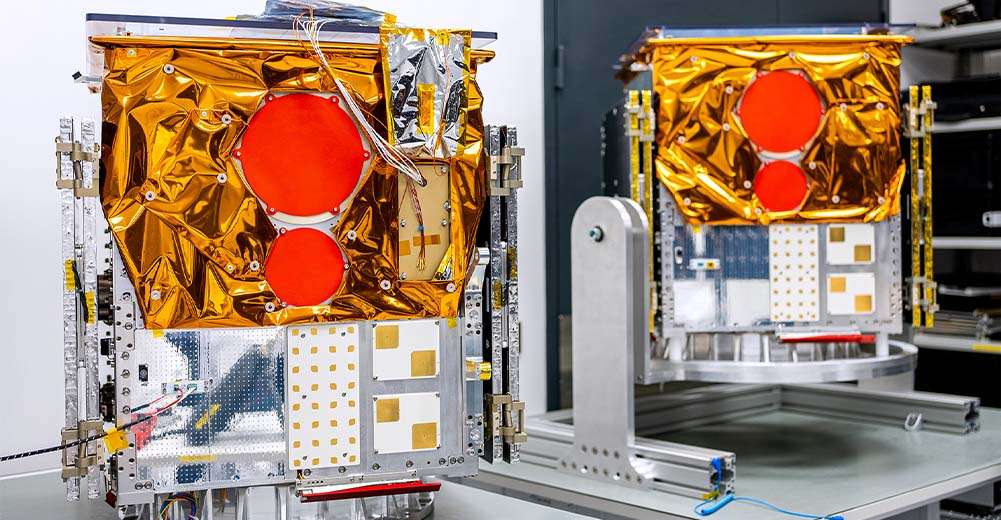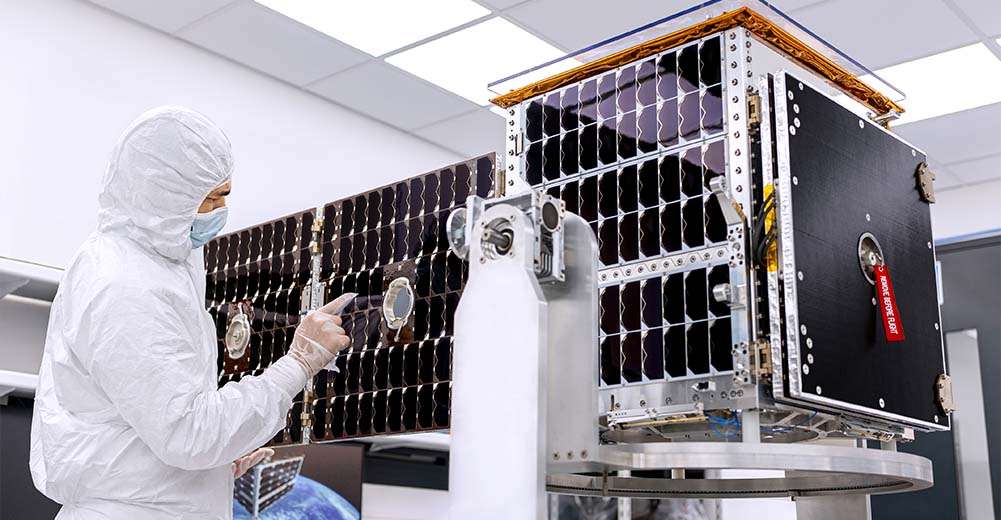Small satellites offer high performance and reliability for various space applications, such as high-resolution Earth Observation, other remote sensing services, and complex communications missions, such as space-based internet services. NanoAvionics’ MP42 mid-range microsatellite bus, uses a 15″ ESPA-class separation ring and can accommodate payloads with a maximum mass of 70 kg and a footprint of 625 x 460 x 370 mm(h)* mm. This payload volume suits deployable antennas, optical imagers, and other structures.
As part of the company’s ongoing program to deliver some of the most cost-effective commercially available modular microsatellite buses that facilitate efficient payload integration and orbital deployment, the MP42 offers three performance configurations – Light, Mid, and Max – to match customer payloads and mission objectives with minimal reconfiguration and fast flight acceptance testing.
Our MP42 modular microsatellite buses are designed for various applications, including fundamental research missions, remote sensing, and machine-to-machine communication constellations requiring high data throughput. As a mission integrator, NanoAvionics provides mission operations infrastructure, hardware, and software optimized for high-performance missions that need a large payload envelope and orbit maintenance capabilities using a high total impulse propulsion system for an extended satellite orbital lifetime.
NanoAvionics’ largest satellite built and launched is an MP42 microsatellite hosting multiple payloads and weighing over 120 kg, slightly below the MP42 platform’s maximum mass of 150 kg.














